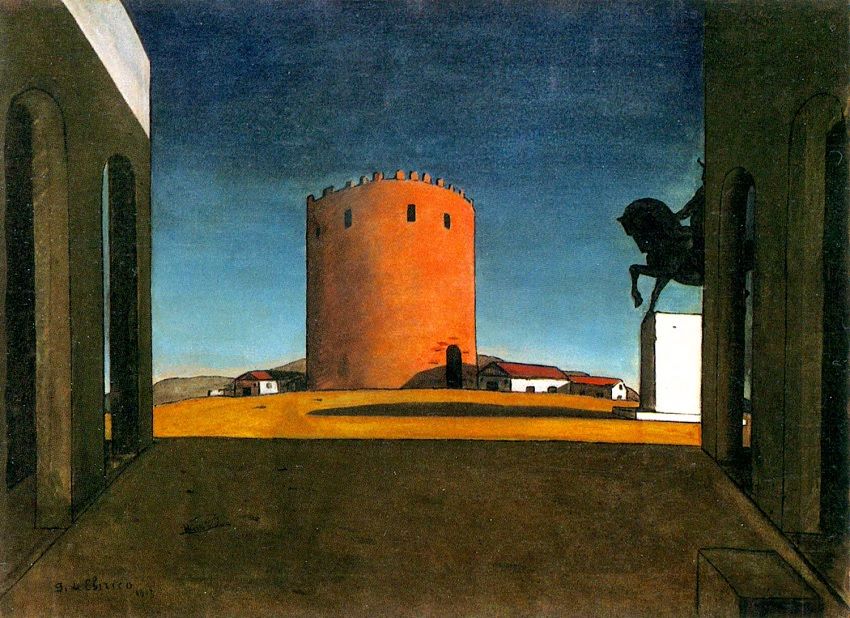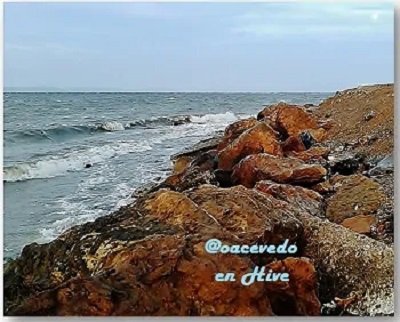
Autor: Giorgio de Chirico
Título original: La torre rossa
Italia, 1913
Acecho
Gritos, cantos graves y pesadas cadenas
hacen subir a toda prisa los puentes de madera
para impedir, tal vez, los pasos del enemigo
que con sus cascos hacen ya retumbar la tierra.
En la débil fortaleza se escuchan alaridos,
voces urgentes de alarma aunque, probablemente,
esta vez, a esta hora, sea demasiado tarde.
Las siluetas se arrastran por el piso como aves heridas.
El acecho crece, se rompe el cerco al crepúsculo.
Bajo los cielos oscuros se revientan los diques,
huyen en bandadas reflejos, destellos de antiguos
destinos que alguna vez fueron recios y lozanos.
Detrás de los párpados cansados de la tarde,
hecha noche casi, al tañido de bárbaras campanas,
se desposan las sombras con la humanidad decrépita.
La brisa trae recados de flores que hielan la sangre.
Solo se oye el «sálvese quien pueda» y las plegarias.


[**Autor: Giorgio de Chirico
Título original: La torre rossa
Italia, 1913**](https://historia-arte.com/obras/la-torre-roja)
Stalking
Shouts, deep chants and heavy chains
make the wooden bridges go up in a hurry
to impede, perhaps, the enemy's footsteps
that with their hooves are already making the earth rumble.
In the weak fortress, shrieks are heard,
urgent voices of alarm although, probably,
this time, at this hour, it is too late.
Silhouettes crawl across the ground like wounded birds.
The stalking grows, the twilight hedge is broken.
Under the dark skies the levees burst,
reflections flee in flocks, flashes of ancient
destinies that once were strong and lush.
Behind the tired eyelids of the afternoon,
turned almost night, to the tolling of barbaric bells,
the shadows are betrothed to decrepit humanity.
The breeze brings messages of flowers that freeze the blood.
Only the “every man for himself” and prayers are heard.
>English translation: DeepL



